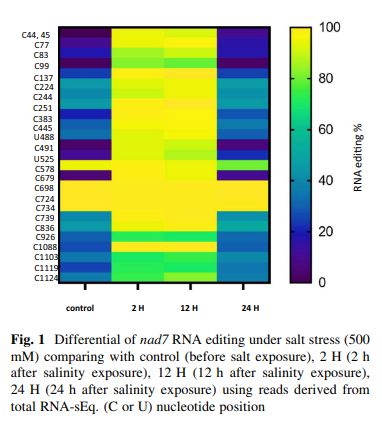
Optimal resource allocation for green and clustered video sensor networks
Wireless video sensor networks (WVSNs) are opening the door for many applications, such as industrial surveillance, environmental tracking, border security, and infrastructure health monitoring. In WVSN, energy conservation is very essential because: 1) sensors are usually battery-operated and 2) each sensor node needs to compress the video prior to transmission, which consumes more power than conventional wireless sensor networks. In this paper, we study the problem of minimizing the total power consumption in a cluster-based WVSN, leveraging cross-layer design to optimize the encoding power, the transmission power, and the source rate at each sensor node. To realize this problem, we devise a resource optimization framework, which takes into account the video signal distortion due to compression, in addition to packet loss in the wireless channel while trying to allocate network resources among multiple video sensors. Leveraging duality theory, we design a proximal minimization algorithm that is capable of achieving the optimal allocation of network resources, source rates, and encoding and communication powers, while providing application-level quality of service represented by video distortion. The algorithm is extended for sensor nodes with hybrid energy sources, leveraging energy harvesting to minimize the aggregate power, while addressing the tradeoff between renewable versus grid energy sources. © 2007-2012 IEEE.


